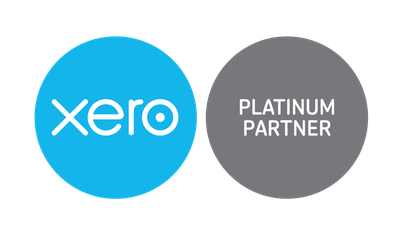There are a few things that you should typically do at the end of your financial year. Whether you do some or all of them, or invite your accountant or bookkeeper into Xero to do them for you, here's a simple year-end process.
Do these things before starting the process
Before you start make sure you do these things first for the financial period being closed:
- Bank account - you have fully reconciled your account and it agrees with your actual bank statement balance
- Invoices - you have entered and approved all invoices
- Bills - you have entered and approved all bills
- Expense claims - you have entered and approved all expense claims
- Payments received - you have banked all payments received
- Adviser user role - make sure you have invited your accountant or bookkeeper to be a user
Year-end process
Run a VAT Reconciliation report. From here you can drill down and tab to the VAT Audit report for each period. Check each VAT category, for example, the VAT charged on income, VAT charged on expenses, no VAT for any coding and VAT treatment that looks incorrect.
- Run a Trial Balance.
- Reconcile all accounts on your Balance Sheet (you may want to speak to us about assistance with this)
- Bank account - make sure any unpresented cheques or payments are correct. Check your imported bank balance in Xero against your actual bank balance from your bank. Use the Bank Reconciliation report to help with this.
- Run an Aged Receivables Summary and an Aged Payables Summary. Xero is designed to ensure the balance of your aged receivables and payables matches your general ledger at all times. Write off any bad debts using the credit functionality.
- Check your VAT Return and balance for the period.
- Ensure you know what makes up the balance of all accounts in your Balance Sheet, including loans and fixed assets.
- Let your accountant or bookkeeper know you have finished entering data so they can log in to your organisation in Xero to see/update what you've done and potentially complete the rest of the process. Your accountant can then lock your data so nothing is accidently posted into the prior year.
- Your accountant will then prepare your year-end accounts based on your Xero data. When the accounts are complete they can post any year end journals for you.
- And that’s it! In Xero there's no need to do a specific year end ('roll up') journal to bring the profit and loss balance back to 0.00. Xero's reports are created in real-time and in the case of the Profit and Loss report it is run directly off the year-end date you've specified in Xero. So on any date the report is run it will be from the start of the financial year anyway. No year-end process and no waiting to run year-end before you can run next year’s figures – just keep working in live time and Xero will do the rest.
For further information including details of the training and support that we offer please email xero@streetsweb.co.uk
